Zubin in Belgrade: Hurry up with that hall
OrchestrasA report from Jonathan Sutherland:
Zubin Mehta made his debut with the Belgrade Philharmonic in 1958 immediately after winning the Liverpool International Conductors Competition. He was 22 years old.
The Bombay-born maestro, now 88, has since returned to the city fifteen times and his connection with the orchestra which launched his international conducting career remains an exemplary testimony to friendship, loyalty, mutual affection and remarkable musicianship.
This past weekend, he conducted two concerts comprising Mozart’s Overture to “Le Nozze di Figaro”, Mozart’s Symphony No.40 K550 and Schubert’s monumental 9th Symphony, known as “The Great”.
The premier orchestra in the Balkans, the Belgrade Philharmonic has made significant artistic improvements since appointing Gabriel Feltz as Chief Conductor and Daniel Raiskin Principal Guest Conductor. Its mellifluous, strong tone would rival many of Western Europe’s more famous and certainly much better funded orchestras.
The indomitable Indian maestro, who recently recovered from ill health, gingerly tip- toed onto the stage unaided by walking stick or wheelchair and took his seat on the podium to rapturous applause.
The audience demographic was eclectic. Apart from a few siliconized socialites straight from Strahinjića bana who probably knew more about Vuitton than Vivaldi, the age and sartorial range was as wide as Mahlerian dynamics.
There were a few remarkably concentrated 8-9 year olds sitting beside serious senior citizens who understood and clearly appreciated the musical importance of the occasion.
Audience attention was laser-focussed throughout and markedly bereft of coughs. grunts and sneezes which so often mar many an evening in more sophisticated European halls. The Mozart works were crisp and controlled, with ‘Grecian lightness and grace’ as Schumann described the K550 symphony. Scrupulous attention to the dynamic markings, refined rhythmic pulse and some poignant phrasing by first violins in the Andante movement testified to a symbiotic connection between venerable conductor and committed musicians.
Even before the opening horn solo of the Schubert symphony, it was clear from the repositioning of the players on the less than commodious Kolarac stage that maestro Mehta had his own ideas about this remarkable work. All 8 wind players (2 x flute, oboe, bassoon and clarinet plus first horn) were seated in a semicircle around the conducting podium as if Schubert had written a Concerto for Wind Octet and Horn and Orchestra. The large number of string players in the extended orchestra included 16 first and 14 second violins and 8 double basses.
It is undisputed that Schubert gave particular prominence to winds in his scoring of the Ninth symphony (which certainly irked the early string player interpreters) but it was most unusual to see these musicians literally occupying the front row centre of the stage. Soloists Sanja Vukadinović (flute), Aleksandra Kindjić (oboe) and Ognjen Popović (clarinet) all played with such finesse and virtuosity it was as if they were performing individual concertos.
The immensely broad, Beethoven-esque dynamic range of the symphony, from ppp to fff was meticulously observed by all players, with the first orchestral fortissimo tutti repetition of the opening horn theme with thundering trombones almost raising the roof. Similar to the late-career baton techniques of Karl Böhm or Bernard Haitink, maestro Mehta was able to achieve some truly decibel breaking volumes with the merest extension of the arm arc. Macarto and sforzando indications were observed in minute detail and even the normally rambunctious horns were for once suitably dulcet when the score dictated.
The repeated sforzando tutti strings C-Natural minim attack preceding the end of the 4th movement (reminiscent of the Commendatore’s unwelcome C-Natural “ta ta ta” door-banging in Don Giovanni) were similarly ominous. Crescendi and diminuendi were all immaculately executed. Syncopated sections were razor sharp and Schubert’s many lyrical sections, particularly the triple time bars in the allegro vivace scherzo third movement were played with authentic Viennese lilt and charm. In fact Mehta was so pleased with the ravishing creamy colour of the first violins in their recapitulation of the earlier G-major melody previously articulated by flute and oboe, he positively beamed .
After several cacophonous curtain calls, the octogenarian maestro signalled for silence and made a short statement which included the encomium “I have conducted orchestras all over the world and can say that the Belgrade Philharmonic is one of the best”. He went on to say that the BPO definitely deserved the new concert hall which had been both promised and contracted a year and a half ago but had still not started. He urged everyone to pressure the government to act speedily and see the commendable project to fruition.
The increasingly autocratic and isolated government of Aleksandar Vučić would do well to heed his advice. There seems to be plenty of money in Serbia for vanity projects of dubious utility such as Expo ’27 or the aesthetically hideous and structurally unsound Belgrade Waterfront debacle but the position of the government in regard to the new concert hall (designed by the English architect Amanda Levete) remains equivocal – if not downright hostile. Despite clear contractual obligations, philistine Finance Minister Siniša Mali has stated that the project will not go ahead.
Other than initial limited UNDP funding, no attempt has been made to solicit additional financial support from either the EU or the current major Serbian benefactors du jour, China and the Gulf States. Perhaps as an affirmation of historical Serbo-Russian fraternity, President Vučić could ask his old prijatelja Vladimir Vladimirovich Putin to throw a few roubles in the direction of the designated concert hall site at Ušće in Belgrade. Or maybe the pariah-status Rio-Tinto corporation could atone for its manifold sins and wickedness in destroying the Mačva District of Western
Serbia with lithium mining and donate a small percentage of its obscene global profits to the cause.
In any case, it is clear that Zubin Mehta would love to open the new concert hall which has been in the making for over 20 years. The reality is that despite his relatively good health and obvious mental acuity, the tireless conductor is 88
years old and even if construction was to start tomorrow, who can say where he will be in 3-4 years?
photo from 2021

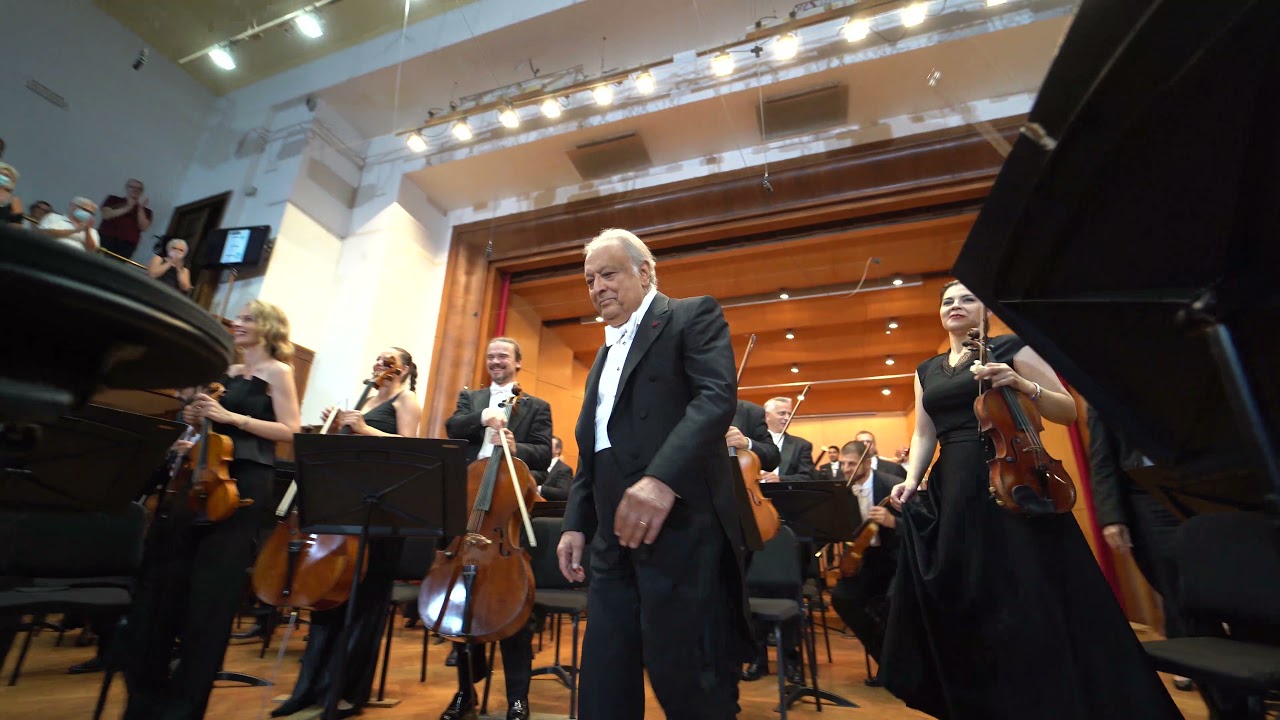
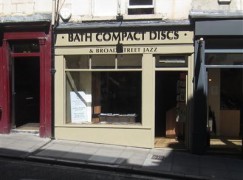
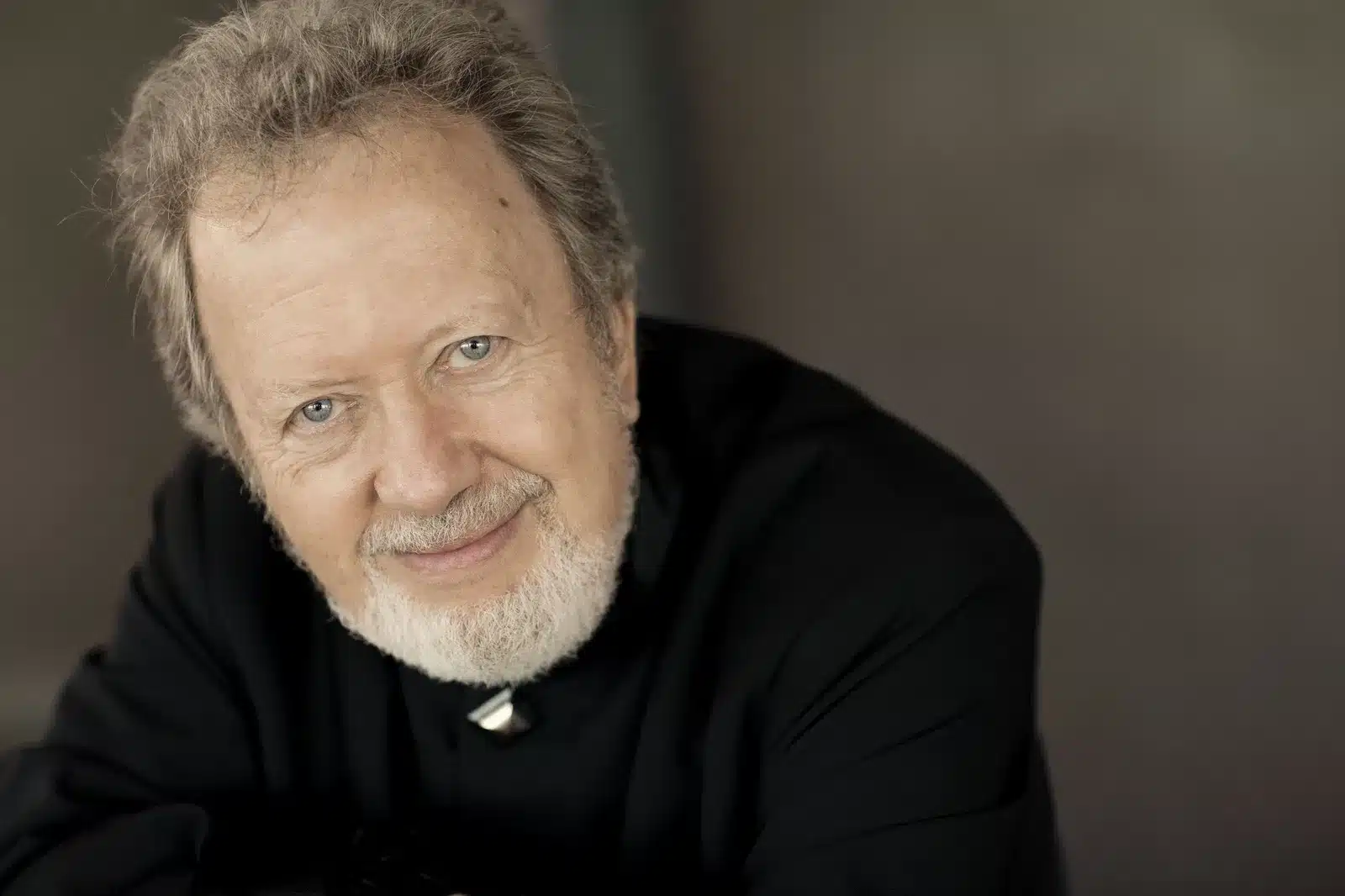
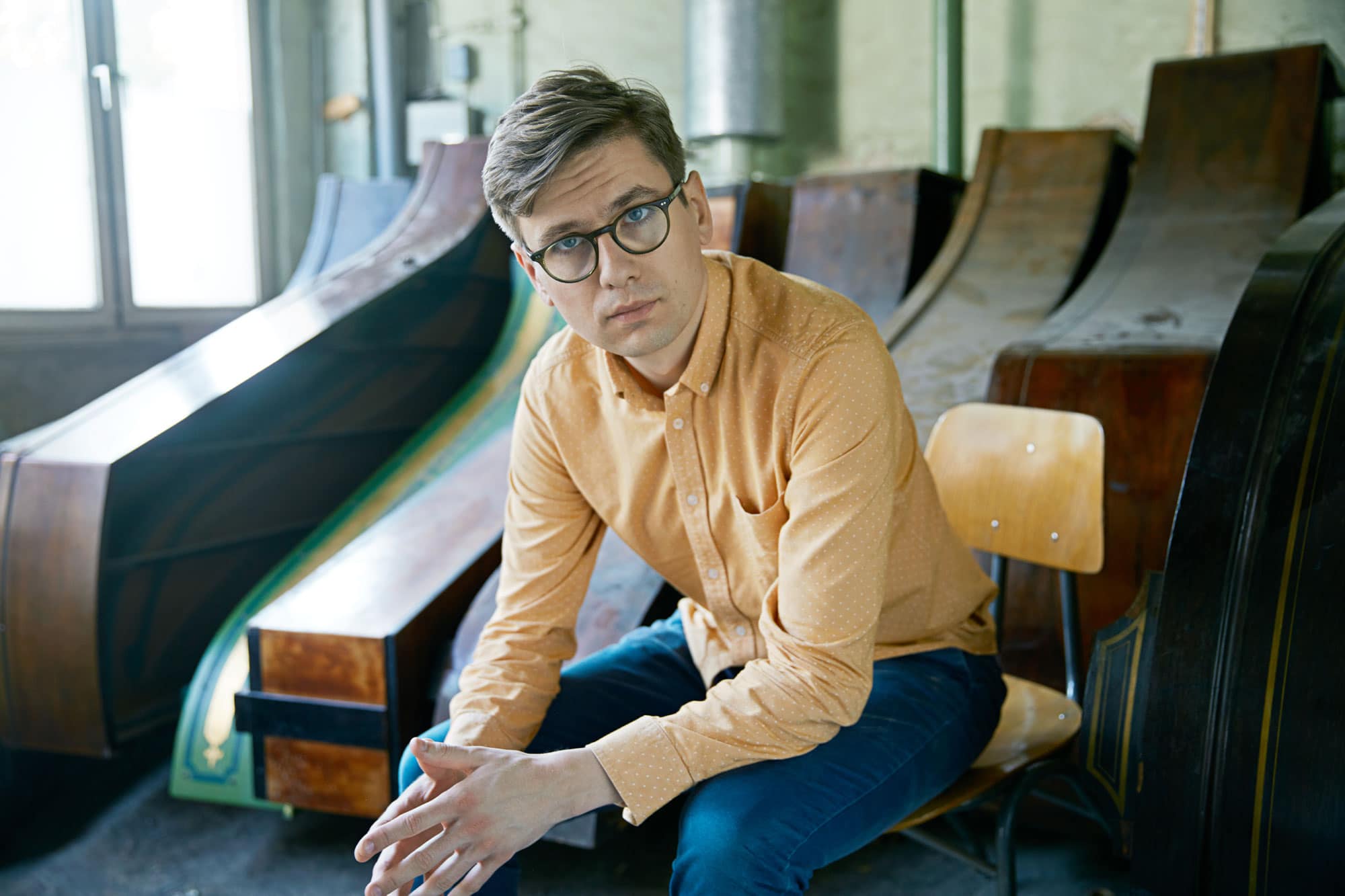
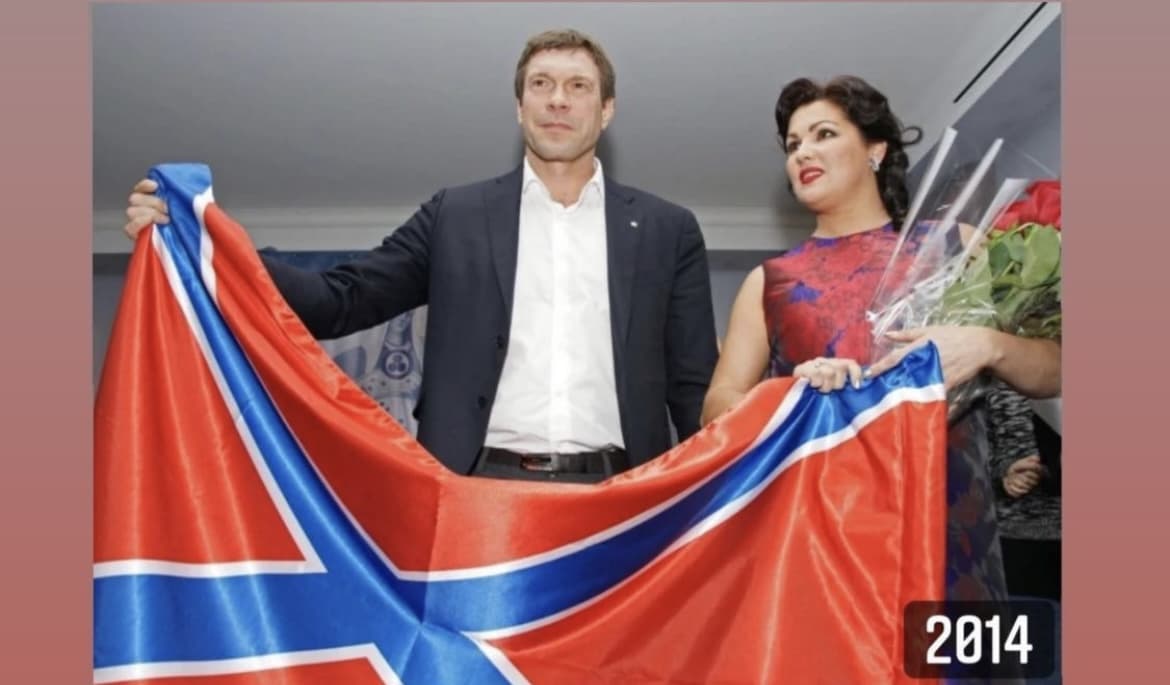
Comments